No safety tooling is ideal, and a safety product would possibly even flag sure sorts of conduct as suspicious when they’re benign. Safety tooling requires fixed tweaking and it’s vital to remain up to the mark. Exclusions are created often and they need to be maintained correctly. As normal within the Microsoft ecosystem, there are a number of methods to execute these duties.
Why Exclusions are Essential
Two causes exist why you need to make investments time to handle exclusions:
- Preserve focus
- By constantly tweaking detection guidelines and including/eradicating exclusions, you may reduce the impression of generated occasions. With a decrease variety of incidents, you may higher deal with the incidents that is likely to be an precise risk.
- Keep away from end-user impression
- As a safety analyst, you have to steadiness safety and consumer productiveness. It’s vital that customers don’t maintain any grudges towards the safety staff, since you wish to encourage customers to escalate suspicious conduct and to observe all required coaching.
- By tweaking exclusions, you keep away from undesirable annoyances for customers by guaranteeing reputable applications or information are usually not quarantined by the antivirus.
The place to Add Exclusions
Throughout the Microsoft safety stack, there are a number of areas so as to add exclusions. You may add them inside a particular product (Defender for Endpoint, Identification, Entra ID Safety) or in a extra generic location like Microsoft Sentinel.
Your choice will depend upon whether or not this can be a built-in rule (like a Defender detection) or a customized rule generated by Kusto Question Language (KQL).
If it’s a customized rule, I like to recommend updating the KQL first. The reasoning is that it’s usually simpler so as to add a easy exclusion in KQL that precisely identifies malicious conduct. I’m a robust believer in avoiding the creation of an incident if it’s doable. Which means I desire to not generate an incident solely to seek out that it may be instantly closed. This method permits you to hold focus (as a result of no pointless incidents must be dealt with) and you’ve got a clearer approach to report on open/closed incidents. If many incidents are closed routinely after a brief interval, metrics might be skewed which makes reporting to senior administration harder.
Moreover that, your most popular technique will depend upon the maturity of your atmosphere and necessities by way of an audit path. You may select to execute each change utilizing a CI/CD course of or guide within the particular device.
In a mature atmosphere, each exclusion ought to be mentioned and accepted earlier than implementation. That is why I like to recommend pushing exclusions utilizing a CI/CD device that integrates a four-eyes precept, like Azure DevOps. Through the use of CI/CD in Azure DevOps, we will configure that approvals are required earlier than the modifications are pushed. In sensible phrases, the exclusions have to be accepted by a minimum of one different approver.
Sadly, APIs are missing within the Microsoft Safety stack. There aren’t any APIs obtainable so as to add alert tuning guidelines in Defender XDR or excluded entities in Defender for Identification (MDI). If you wish to use automation to push exclusions, restricted choices exist. The one product that has broad API help is Microsoft Sentinel. Microsoft Sentinel is constructed on prime of the Azure Administration API and has an API for nearly each perform. There’s even a local characteristic for a CI/CD integration in Microsoft Sentinel.
By integrating each change for Microsoft Sentinel into CI/CD, we will guarantee there may be an audit path for each change and (a number of) approval(s) are wanted from a distinct stage of authority.
If we go down this route, we can not use a number of the native options like excluded entities in MDI. It’s unlucky as a result of we can not keep away from an incident from being created. These incidents have to be closed instantly (which fits towards the advice I made earlier). Moreover, closing incidents on the supply decreases the possibilities that the product itself takes an automatic motion (like Defender’s Automated Assault Disruption). To me, these downsides are outweighed by the advantages of a CI/CD integration. Nonetheless, the method provides loads of overhead and isn’t possible for each group because of the added complexity.
How Particular Ought to You Be?
Moreover the placement of an exclusion (whether or not it’s in Microsoft Sentinel or Defender XDR), it is advisable take into consideration how particular you wish to make the exclusion. Let’s sort out this query by strolling by way of a pattern scenario.
On this state of affairs, a buyer ServiceNow (an ITSM device) atmosphere triggered an incident every night time throughout a scheduled backup. Whereas creating the exclusion, we had a dialogue about what parameters we wished to incorporate:
- The command line that executes the backup
- The server title
- The software program title (ServiceNow)
- The software program model
In a really perfect state of affairs, you need to make the exclusion as particular as doable to keep away from any false destructive incidents. To do that, you’d add the entire factors talked about above. However in a real-world state of affairs, you have to guarantee you don’t want to tweak exclusions constantly (for example, following this set up of a brand new software program model). On this case, I advisable to not embody the software program model, as it could break the exclusion sooner or later. The counterargument is {that a} model improve means the backup course of occurs differently and will imply the false constructive doesn’t occur once more. This counterargument is one thing I’d cowl with periodic evaluations.
Periodic Evaluations
Independently of the place you add exclusions, you will need to doc every exclusion correctly and to execute common evaluations. Throughout a assessment, you need to confirm whether or not the exclusion remains to be legitimate and the chance remains to be accepted (do the advantages of the exclusion maintain up towards the chance of not producing that kind of incident). Throughout evaluations, I usually see that the conduct has modified, or a sure object (machine or consumer) is retired, that means there is no such thing as a want for that particular exclusion anymore.
In case you take away pointless exclusions, you keep away from potential overhead and are certain all exclusions are nonetheless present.
There ought to be an everyday cadence for evaluations. What cadence you employ depends upon the group. As soon as a month means you may observe exclusions carefully, however the execution of such a frequent assessment requires an enormous effort. I typically suggest a assessment each 3 months. This nonetheless permits for 4 evaluations every year, whereas not inserting an excessive amount of further load on the staff.
Managing exclusions just isn’t a job that ought to be underestimated. It will be important that each group thinks in regards to the course of and the way they wish to manage it. At a minimal, the next choices ought to be made:
- The place are we including exclusions?
- How are exclusions scoped?
- Who will assessment the exclusions and in what cadence?
Throughout the Microsoft stack, there are a number of methods so as to add exclusions and it’s vital that everybody chooses their very own process and sticks with them. Exclusion dealing with is a very vital course of in Safety Operations and ought to be handled as such.
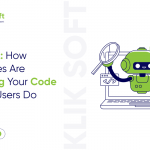
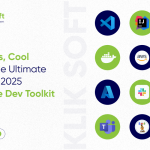







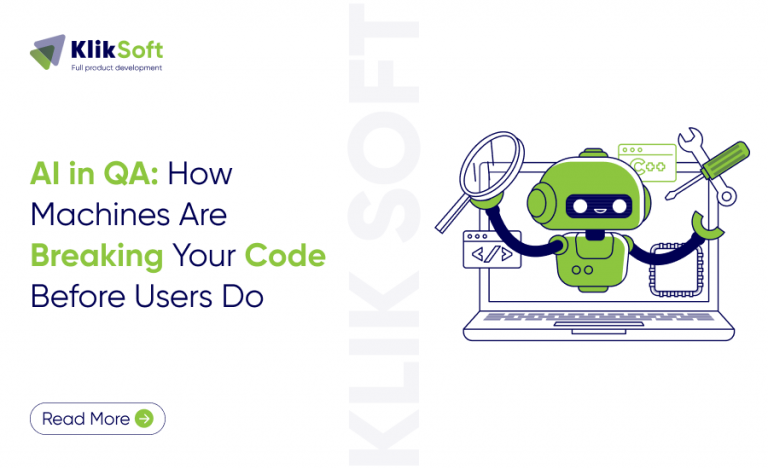
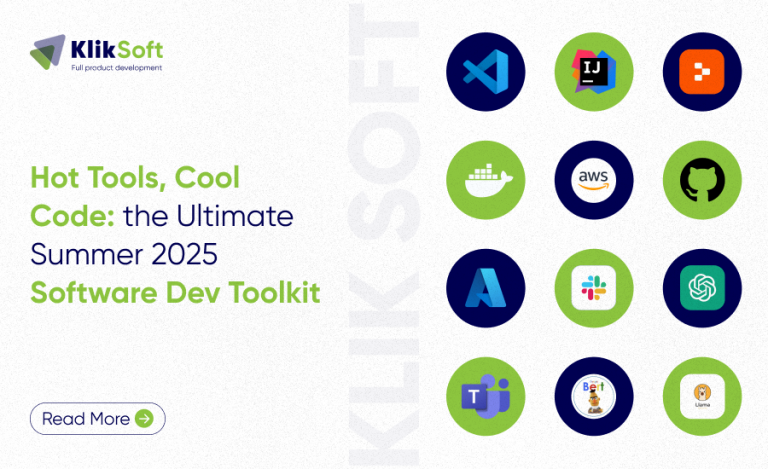
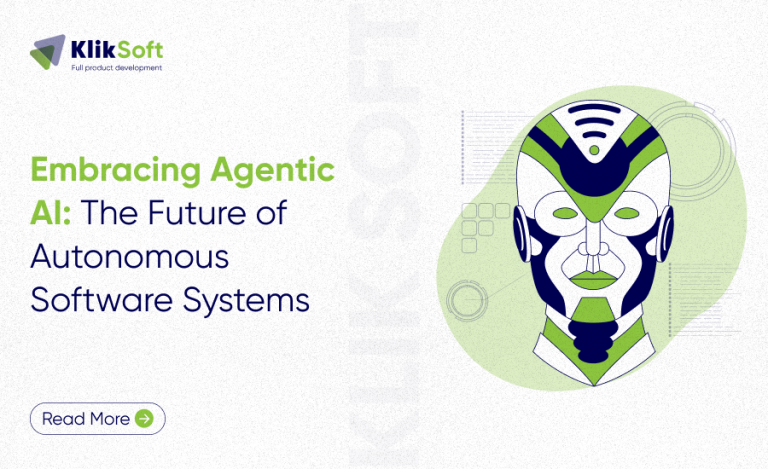

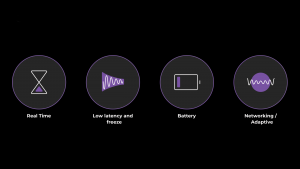
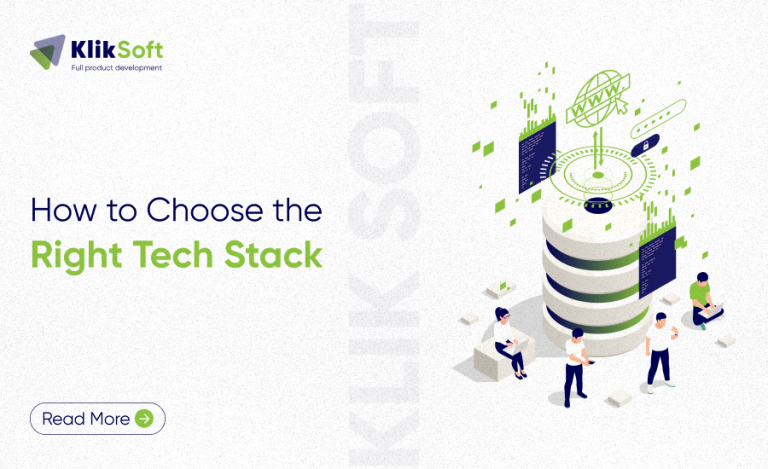
+ There are no comments
Add yours